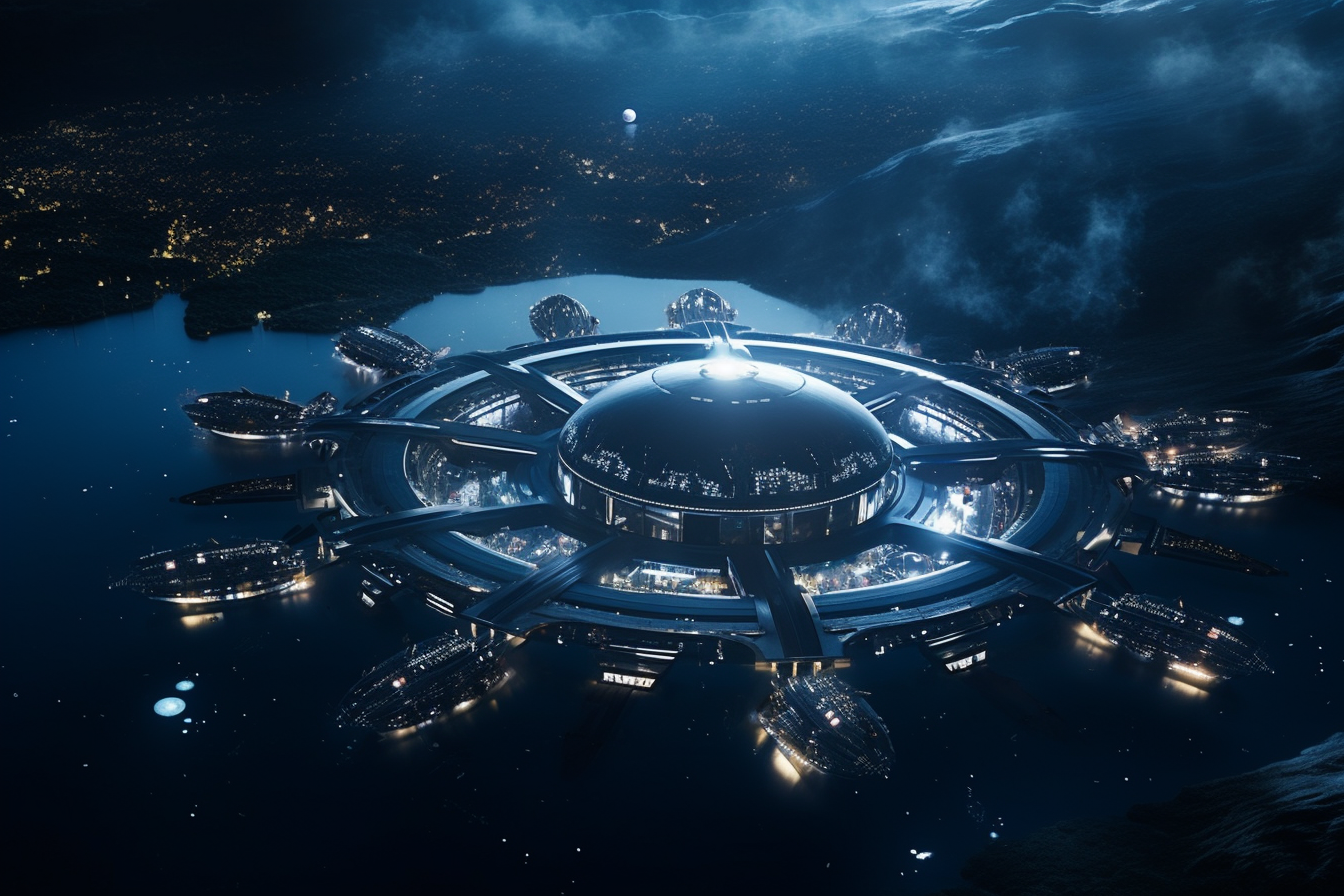Creating an AI-Generated Trailer
In the ever-evolving landscape of technology, the potential of Artificial Intelligence (AI) continues to push boundaries. Imagine crafting a trailer for a hotel in space using a blend of AI-powered tools, all within the comfort of your desk. Sounds intriguing?

Introduction
Welcome to ml.run academy, in the ever-evolving landscape of technology, the potential of Artificial Intelligence (AI) continues to push boundaries. Imagine crafting a trailer for a hotel in space using a blend of AI-powered tools, all within the comfort of your desk. Sounds intriguing?
That's exactly what Lee Mallon, the host of ml.run academy, demonstrates in this video walkthrough.
Tools
- ChatGPT (chat.openai.com)
- Eleven Labs (elevenlabs.io)
- Mid Journey (midjourney.com)
- Runway ML (runwayml.com)
Here's an overview of this fascinating process.
Step 1: Crafting the Script with ChatGPT
Lee begins the process with the generation of a script, the backbone of the trailer. Utilising ChatGPT, he outlines a storyline in the style of Apple and Nike commercials. This theme is centred around reaching for the stars and travelling to a space hotel, creating a narrative filled with wonder and exploration.
Step 2: Voiceover Creation with Eleven Labs
With the script in hand, the next task is to bring the words to life. Lee uses Eleven Labs to generate a synthetic voice, employing a voice model named Wayne. The result? A voice that perfectly complements the celestial theme of the trailer.
Step 3: Image Generation through Mid Journey
Visual representation takes the front seat in this stage. Lee uses Mid Journey, accessible through Discord (a platform he cheekily describes as "Slack for people under 25"), to create images that suit the sci-fi mood of the trailer. Prompts from the script help generate stunning visuals, reflecting various scenes described in the narrative.
Step 4: Video Creation with Runway ML
The magic unfolds as Lee employs Runway ML to transform the images into videos. He explains the process of extending videos, selecting thumbnails, and adapting them to fit the storyline. Despite a hiccup with content guidelines, Lee navigates smoothly through the process, blending technology and creativity.
Step 5: Editing and Final Touches
Bringing it all together, Lee synchronises the audio, images, and videos into a seamless trailer. His choice of editor allows him to effortlessly assemble the content, adjust durations, and ensure that the final product is both engaging and professional.
Cost and Accessibility
One of the stand-out features of this approach is the accessibility and affordability of the tools. With the option to use free accounts and a total cost of less than $40 for premium access, this technique is within reach for many aspiring creators.
Conclusion
Lee's walkthrough is a testament to the blend of creativity, innovation, and technology. The ease with which he combines various tools to craft an AI-generated trailer for a space hotel is not just educational but inspiring.
Whether you're a tech-savvy professional or a curious beginner, Lee's friendly and comprehensive guide might just be the nudge you need to explore the limitless world of AI-powered creativity.
